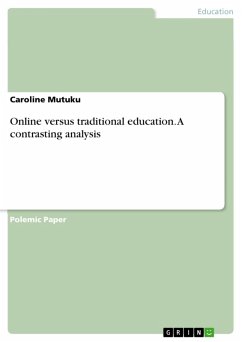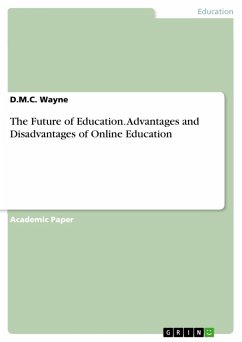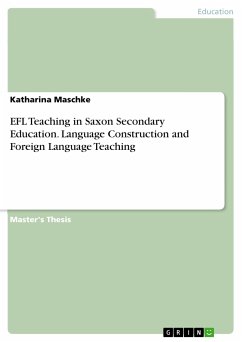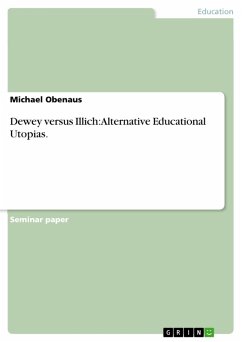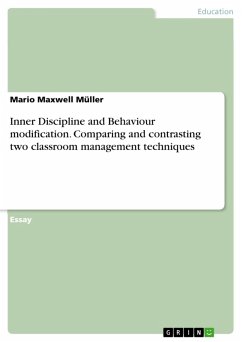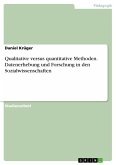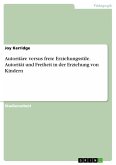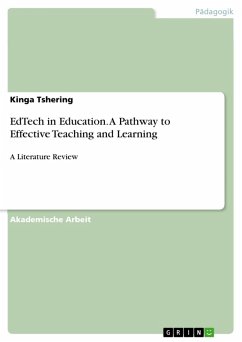Polemic Paper from the year 2018 in the subject Didactics - Common Didactics, Educational Objectives, Methods, grade: 1, , language: English, abstract: Educational transition has led to the development of new approaches for the 21st Century education. The emergence of online learning in the 1990s seems to have changed the relevance of traditional education. This can be attributed to the current social change and technological development. Ordinarily, the principal reason for learning is to acquire intellectual knowledge, but the element of usefulness of the acquired knowledge has become the key determinant of the mode of learning. Traditional and online education exhibits varied characteristics, which are useful in elucidating their similarities and differences. Concisely, characteristics of online education imply that learners assume full responsibility in the learning process. On the other hand, traditional education is characterized with shared responsibility between learners and instructors. Similarities between online and traditional education can be outlined with regard to reference materials, assignments, exams and the role of instructors in the learning process. All curricula involve assignments and exams for evaluating the learners' understanding of coursework and reference materials; either printed or electronic are intended to be used by students to extent their knowledge on different concepts. On the other hand, the two systems manifest differences in flexibility, interaction, communication, learning mode and skills development. Traditional education uses the classroom setup, whereas online learning is computer-based. In conclusion, traditional education holds high values over online education, especially with regard to the equivalency theory. Its high value is attributable to the face-to-face aspect, which enhances skills development among learners.
Dieser Download kann aus rechtlichen Gründen nur mit Rechnungsadresse in A, B, BG, CY, CZ, D, DK, EW, E, FIN, F, GR, HR, H, IRL, I, LT, L, LR, M, NL, PL, P, R, S, SLO, SK ausgeliefert werden.

